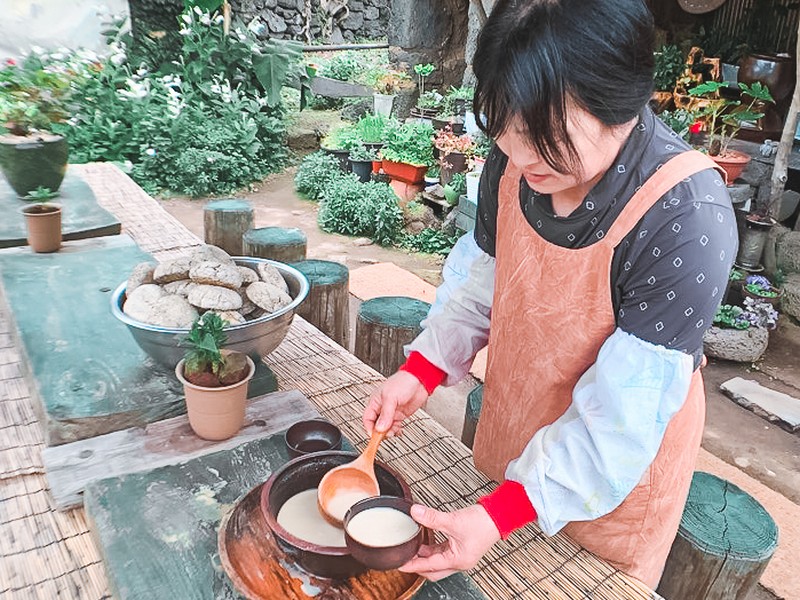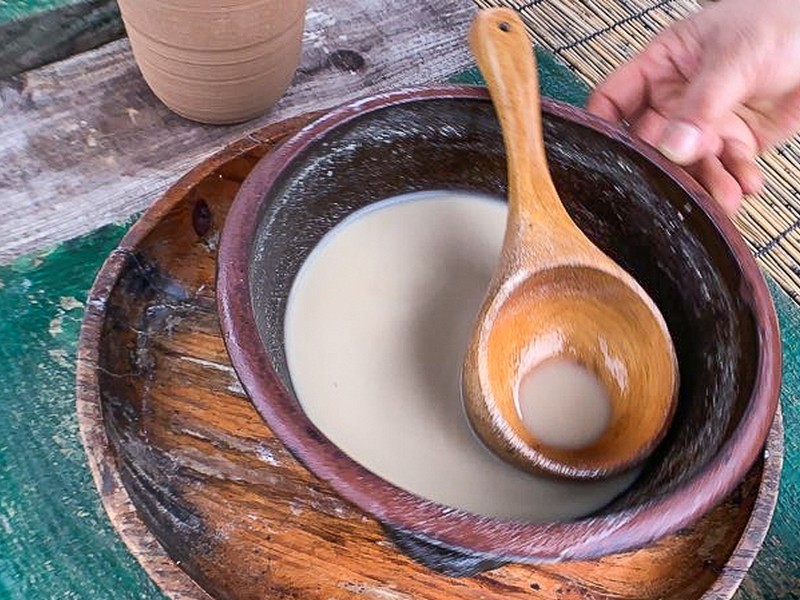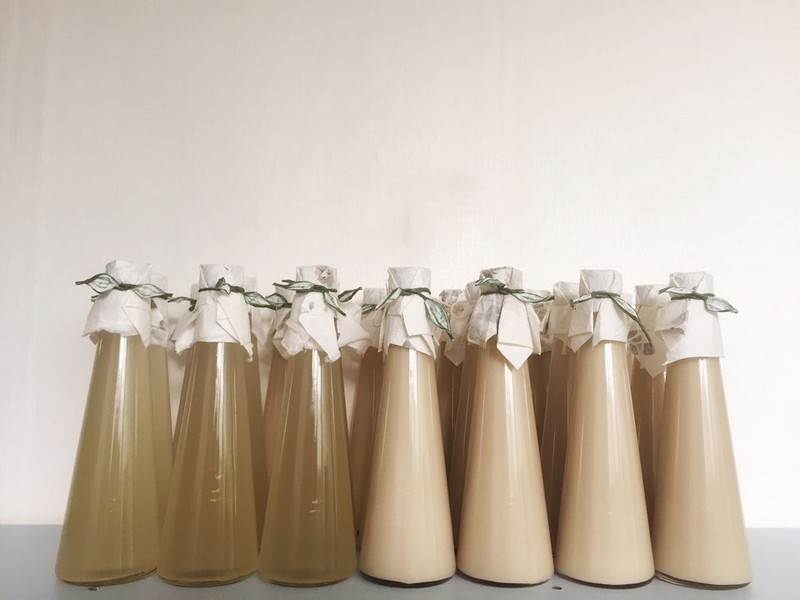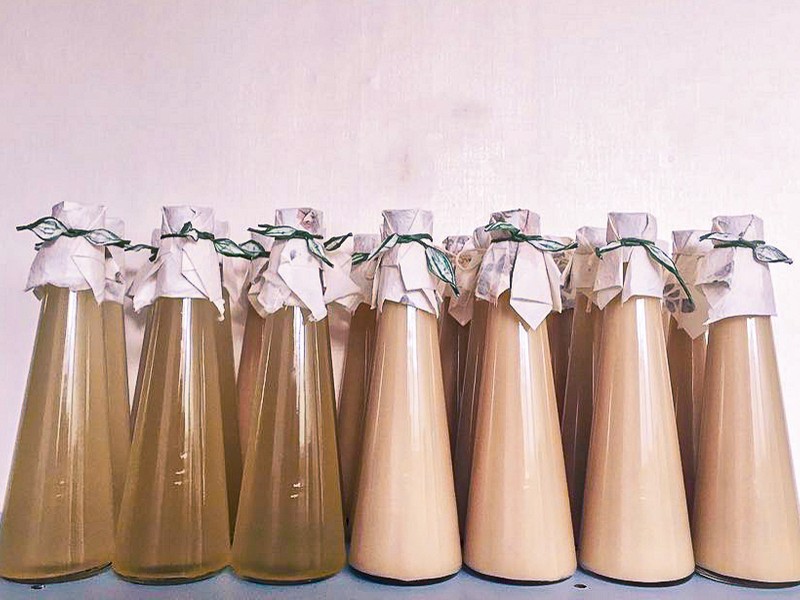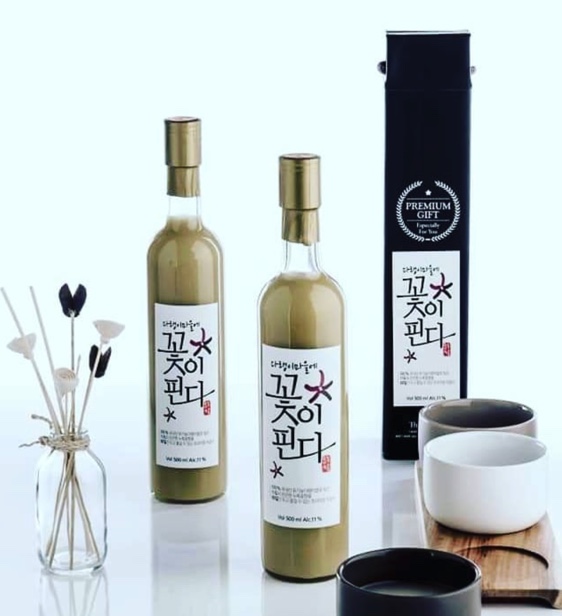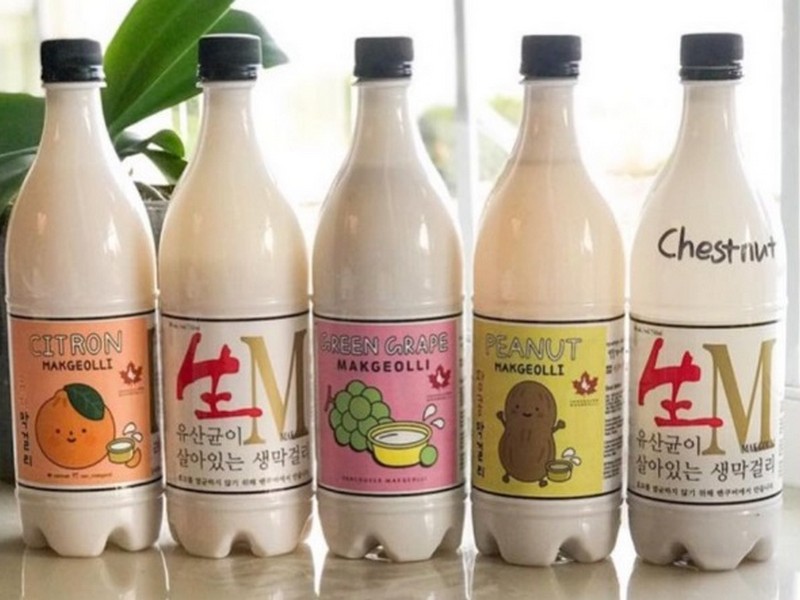KOREA | NETHERLANDS | GLOBAL
Ever Wonder Why Green Bottle Soju Is So Popular?
When most people think of soju, they think of the cheap green bottles that taste like watered down vodka. Mainstream green bottle soju dominates the market, and that’s a shame. It’s a bastardization of what soju originally was.
There is a lot more when you look back at the history of soju itself which came about in Korea in the 14th century after the Mongol Invasion brought distilling techniques from the Middle East to the country. For centuries it was made from grains, primarily rice or millet, and fermented in a unique way using nuruk as the starter. Nuruk comes from wheat, rice, or barley that has been moistened, made into a cake, and hung to ferment for a few weeks. It’s nuruk that imparts the flavor of true soju.

Why isn’t real soju more popular?
The winds of history perhaps.
Before the 20th century, Korea was renowned in Asia for its fermenting prowess. Not only with kimchi but in making alcohol. In 1905, Japan colonized Korea and forced the tradition underground. Soon after Korea gained its freedom after World War II, the Korean War occurred. Still then, distillers were reviving, making good strong flavorful soju. War’s devastation and South Korea’s determined rise from poverty created a rice shortage. Using what little rice Korea had for making alcohol was a decadence the government forbade in the 1960s.
Distillers improvised by using whatever they could to make a mock soju–sweet potatoes, tapioca. They’d take ethanol and mix it with flavorings to make a cheap tipple to take the edge off of a hard day’s work. Industry insiders call this “diluted soju.” It’s not the most accurate term because some traditional soju involves some dilution. Diluted soju officially refers to the process of taking ethanol and mixing it with flavors and chemicals.

Generations took to this cheap drink and drank it in abundance. Over the decades, even the alcohol content itself got diluted, going from 30% in the 1960s to less than 17% in some of the fruit flavored varieties today. When is the last time you checked the label on the back of that green bottle soju?
Someone must have forgotten something because that rice ban didn’t get lifted until 1999. By then, you had at least a couple of generations brought up thinking of the green bottle diluted stuff as real down to earth delicious soju. They had lost their taste for the traditional spirit.
Is there craft soju?
Spirit craft has long been one of the bedrocks of Korean culture, dating back three thousand years. Women held the keys to this craft, passing it along to their daughters. Each region, each family, had its own recipes and techniques. One of the most common elements tying them together was the funky nuruk.
Nuruk itself is an acquired taste. It’s not user friendly. Most great foods and drinks are that way. Stinky cheese. Fresh oysters. Cilantro. Anchovies. Durian fruit. There’s a good chance you don’t like some of these and a good chance you absolutely love them. That’s the way with nuruk and traditional soju. One person I know described it as “smelly socks but in a good way” the same way a sommelier would say cat pee is a feature and not a flaw in Sauvignon Blanc.
Why is green bottle soju so popular?
This is the point that I’ll get the blow back. We know that the drink in the green bottles is diluted but green bottle soju has its place. If your purpose is to get drunk shot by shot, green bottle is fun, fun, fun. Most people can agree there is a time and a place for it. There are times, though, when you want to sit back and sip. It’s the difference between shooting Cuervo and cozying up to a handcrafted mezcal. If you can get your hands on real handcrafted traditional soju, you open one of the finest treats of life.
Visiting Korea Soon?
Check out our brewing classes and other experiences in our space in Seoul.
Read more…
The History of Soju
Soju is one of the most consumed beverages in the world today, especially in South Korea. In 2017, Koreans drank…
Buying Sool Online in Korea: The Artisan Takju Edition
What better time than during Social Distancing to expand your sool tasting horizons! There are a lot of traditional Korean…
Vancouver Makgeolli: Canada’s First Makgeolli Brewery
Looking for makgeolli in Canada? While you may think it is a feat that is insurmountable, it might just be…


